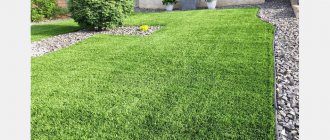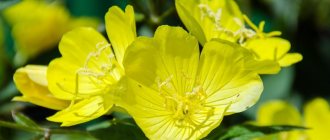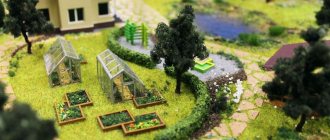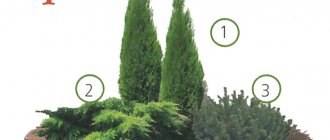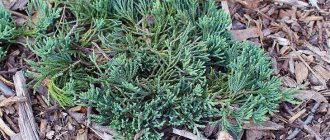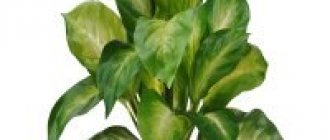The dream of literally all country dwellers, a smooth, green lawn, like in an American TV series, is a lawn on which children can play, teenagers can compete, neighbors can come for a barbecue and pets can frolic. With the appearance of such a handsome man, any yard is transformed, looking well-groomed and rich.
But when we plant seeds, we don’t always get what we dreamed of. The first shoots began to appear, and you understand that in the photo of the lawn grass in the package with seeds it was not at all like what you have on your site.
There are many reasons for this result, now we will try to figure it out.
It so happens that the planted grass has not grown thick enough and requires additional sowing. All this is the consequence of not knowing how to properly plant grass on a lawn, or poor selection of grass mixture.
On store shelves, we most often look at a beautiful picture, but not at the composition of the herbs. It’s quite in vain, first of all you need to find out what mixture is in the package, because many mixtures are brought to our country from Europe. The European climate is much milder, and allows plantings to feel good almost all year round.
Advantages and disadvantages
In dark places, under trees or roofs, oak grove bluegrass will produce the best seedlings; it is perfectly adapted to grow in dark places. It will grow a beautiful emerald “hair” and is famous for its good root system. Its minor drawback is its short life, requiring frequent additional sowings.
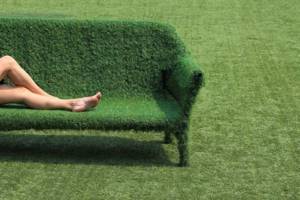
If your lawn will only have a decorative function and no one will walk on it, you can use dog bentgrass.
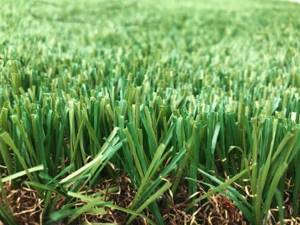
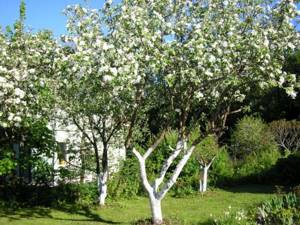
Deciduous trees in landscape design: purpose and application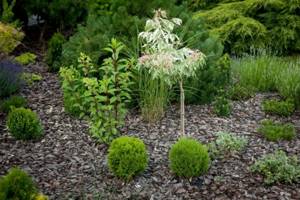
Planting and caring for thuja occidentalis - detailed instructions with tips for properly growing thuja (photos and videos)
- Do-it-yourself vertical flowerbed - learn how to make a beautiful and original flowerbed yourself (photos and videos)
Externally, this grass looks simply amazing, its emerald color and thin, delicate blades of grass give the impression of velvet. In the distance it seems to be covered with expensive fabric.
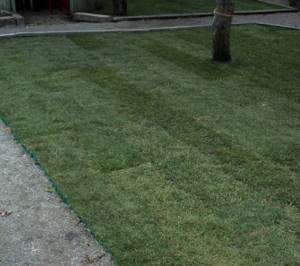
Of course, such a lawn has a lot of disadvantages; it lasts about 5 years, and is very capricious. The fastest growing cereal is meadow fescue. If it is important for you that your lawn looks aesthetically pleasing after just a couple of months, then this is your option.

Description of mixtures
- Universal . The herbs included in its composition are distinguished by a high level of germination, endurance, and weeds survive well. However, the disadvantage of such a lawn is that it will have to be cut frequently so as not to lose its neatness.
- Mixtures of forbs and flowers . They allow you to create meadow-type lawns, and you can create a completely unique lawn if you sow a mixture of flowers and cereals, and if you choose the right varieties, the meadow will bloom all summer. Low-growing greenery will help create a beautiful and neat lawn in the best European traditions, while tall grasses and flowers will add a rural spirit.
- Sports grass . Used for children's and sports grounds, consists of a mixture of cereals.
- For certain climatic conditions . It is important to choose a mixture that not only appeals in appearance, but is also distinguished by its adaptability to certain conditions. For example, mixtures for growing in shady areas or in direct sunlight.
- Elite . The most beautiful mixture, which allows you to give the lawn an aesthetic appeal, but at the same time it is very capricious and demanding to care for. Often this mixture includes ryegrass, which looks very elegant, but is demanding on mineral fertilizers and needs a special watering system.
How to choose a mixture
First of all, you should pay attention to the composition; the main part of the mixture for the lawn should be made up of three key plants: meadow bluegrass, thin bentgrass and red fescue. Often the name of herbs is written in Latin, so you should remember in advance that bluegrass is called Poa pratensis, bentgrass is called Agrostis tenuis, and the name Festuca rubra will help you recognize fescue. Knowing what the herb is called in Latin will help you avoid making mistakes.
In addition to the three main plants, the mixture may also include other components, knowledge of the advantages and disadvantages of which will help you not make mistakes when choosing.
- Bentgrass is a shoot-bearing lawn grass. The plant has a high growth rate, but its horizontal shoots are light in color, so they will be noticeable on a dark lawn. The lawn will not look uniform enough, which is why such grass can be used in recreation areas, but is unacceptable in parterre lawns.
- Common minnow, narrow-leaved and flattened. They look less impressive than meadow mint, the blades of grass are tough, and their lifespan is short, no more than 7 years, then the grass will need to be reseeded.
- Meadow fescue. This is a very fast growing grass, so it is suitable for those who need a temporary lawn in a short time. This grass will sprout in one to two months, creating a beautiful lawn. Perfect for underseeding so that the lawn doesn’t look bare: while the slow-growing shoots of meadow grass grow back, meadow fescue will perfectly camouflage empty areas. But the plant has weak roots, a short lifespan, and does not tolerate trampling very well.
- Swamp mint. Ideal for lawns with high soil moisture. The lawn will be beautiful and neat, but the grass itself does not live long and needs constant reseeding. White bentgrass is also suitable for such areas.
- Oak grove bluegrass. Ideal for growing in shady areas as it grows well without direct sunlight. But due to the poorly developed root system, such a lawn requires rare cuttings and does not tolerate movement.
- Dog bentgrass. Used for lawns where walking is not intended, for example, for ground floors. The lawn will look perfect due to the beautiful emerald color of the thin blades of grass. But the grass has a short lifespan; such a lawn will not live for more than 5 years; in addition, the grass is capricious and has a weak root system.
Very important! These plants can be included in mixtures, but not as the main component .
What to choose? A mixture or one variety of seeds?
There are two types of lawns on sale, either a monoculture (one variety of grass) or a mixture of several types.
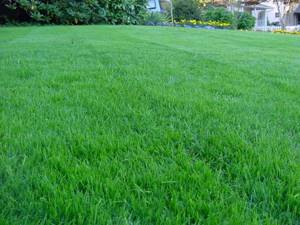
Monocultures are used for decorative, elite lawns, for those who do not encounter a crowd walking along them. She is very capricious and sensitive, requires special care, but purely visually she looks better.
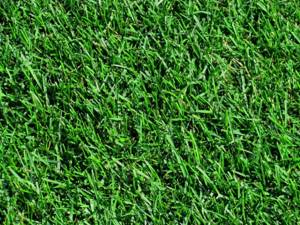
As we have already found out above, mixtures are much more resistant to external factors, produce uniform greenery and require less care.
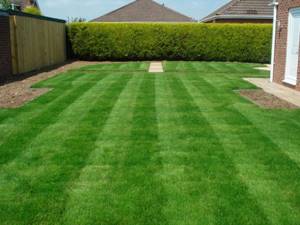
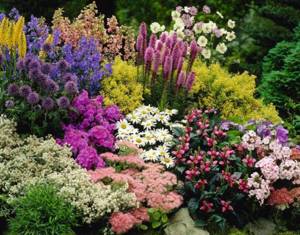
Unpretentious flowers for the garden - a review of the best types and ways of combining flowers for a beautiful garden design! (Photo and video)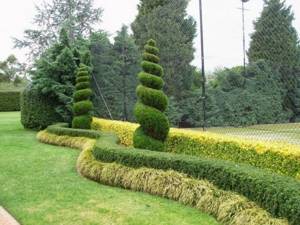
Pruning plants in landscape design - 125 photos and video master class review of the best tools for beginners
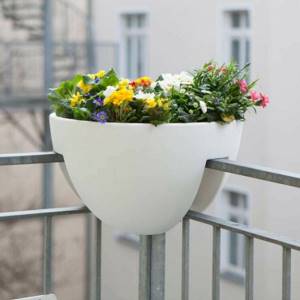
Balcony landscaping - types of landscaping, design and selection of plants, general recommendations. 90 photos of design ideas that guarantee a striking effect
The mixture is quite durable when compared to grass seeds alone. For ordinary gardeners and garden owners, the best option is a mixture of herbs.
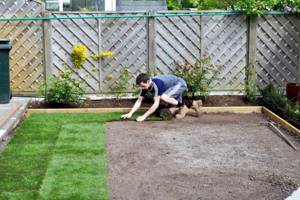
Lawn grass: how to choose
Grasses are an excellent option for a lawn; they allow you to get uniform green shoots, are excellent at removing weeds, and have a strong root system. And the lawn where they grow looks very beautiful and well-groomed. The following types of herbs are suitable:
- meadow bluegrass;
- fescue;
- bentgrass;
- ryegrass
To make your lawn look interesting, you can use grass mixtures.
The best varieties of lawn grass for the Russian climate
- Meadow bluegrass . It is one of the early cereals, a representative of perennials, but is rarely used in its pure form, since its roots take root very poorly. However, bluegrass produces beautiful lush greenery and gets along well with other plants. It can also grow on poor soils and is extremely unpretentious in care, which is why this grass is very often used as the basis for lawn mixtures. It is distinguished by early shoots and high growth rate, looks beautiful and neat.
- Ryegrass . Often found in elite lawn mixtures. The grass is very beautiful, with moderately wide leaves, but it is capricious and does not tolerate the Russian climate well. That is why such a lawn can most often be seen in southern latitudes or as an annual lawn. The grass sprouts vigorously, which is why gardeners often do not cut it.
- The bentgrass is thin . The dark green of the plant will look beautiful on almost any lawn. The grass is highly frost-resistant, copes well with frequent mowing and crowds out weeds. It grows frequently, so the entire lawn will be covered with even and beautiful greenery of a deep, rich shade.
- Red fescue . An excellent option for decorating lawns, both in pure form and as part of mixtures. Lush, dense shoots, ready for trimming, will delight the eye within a month after planting. The grass copes well with harsh winter conditions and grows well in shaded areas. But grass grows slowly, so in the first year the lawn will look poor and sparse, but in the second year it will delight you with its lushness.
To decorate your lawn, you can choose either one variety of seeds (monoculture) or a special mixture. Monoculture looks more beautiful and neat, and is used to design elite lawns and areas, but it costs much more and requires more careful care. And the mixtures are less capricious, while covering the lawn with an even green carpet.
Some useful tips to make your lawn perfect
Good soil preparation is half the success. It is imperative to clear the soil of debris and weeds and level the surface.
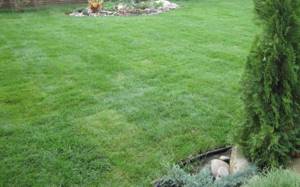
By doing these basic steps, you will prevent yourself from having a dirty lawn in the future and improve seedlings. A hand seeder is available for sale and will help you with even planting.

It is not necessary to purchase a seeder specifically for sowing; just pour the seeds into the sand, mix and scatter them on top of the prepared soil.

In 99% of 100, it will not be possible to sow an area evenly in one year, so you need to sow the same area with new seeds in the spring.
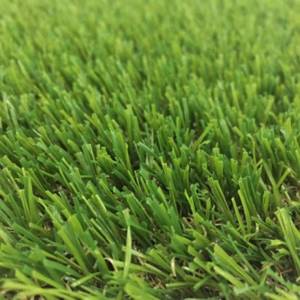
If you want to make your yard beautiful instantly, without any hassle with planting and waiting, then ready-made grass in a roll is a very convenient option for a quick lawn.
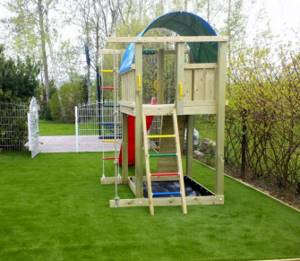
Your task is only to correctly roll out the rolls around the area. You can do this yourself, or seek the help of specialists.

Of course, this method will not be budget-friendly; the only disadvantage of such a lawn is the high price.
Let's sum it up
The lawn will make your yard much more attractive, richer, cleaner, weeds will stop growing, and you will no longer have to scrape dried debris in the spring.

Does not require special physical and material costs. Follow simple instructions when choosing seeds, it is important that the expiration date is in order.
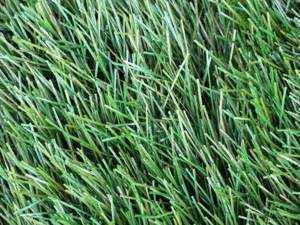
All these actions together will give you joy for many years; the lawn can please you for up to 8 years, without additional replanting.
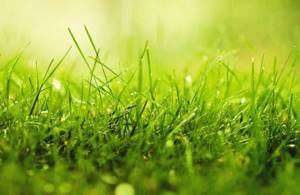
Of course, cover the yard with artificial grass, a solution that makes all the work easier. But nothing compares to the natural beauty of a vibrant, soft, silky lawn.

Despite all the delights of crops, do not forget about proper care. Nothing will grow without proper watering and pruning. Dead wood must be removed and the general condition of the lawn carefully monitored.
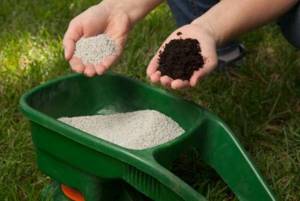
Rules for choosing seeds for a lawn
The grass on the lawn should be perennial, frost-resistant and fast-growing. These are important conditions for an ideal lawn, but not the most important. We list the main factors for purchasing seeds for sowing on the lawn, which are best chosen in the store:
- Adaptation to certain climate conditions;
- Good development of the root system;
- Saturation of greenery and uniformity of seedlings;
- Ability for vegetative propagation;
- Good haircut tolerance.
You should not neglect the general rules for choosing lawn grass: shelf life of the material, pre-treatment of seeds, manufacturer’s warranties, etc.
A short video about lawn grass
Photo of grass for the lawn
Did you like the article? Share


0
